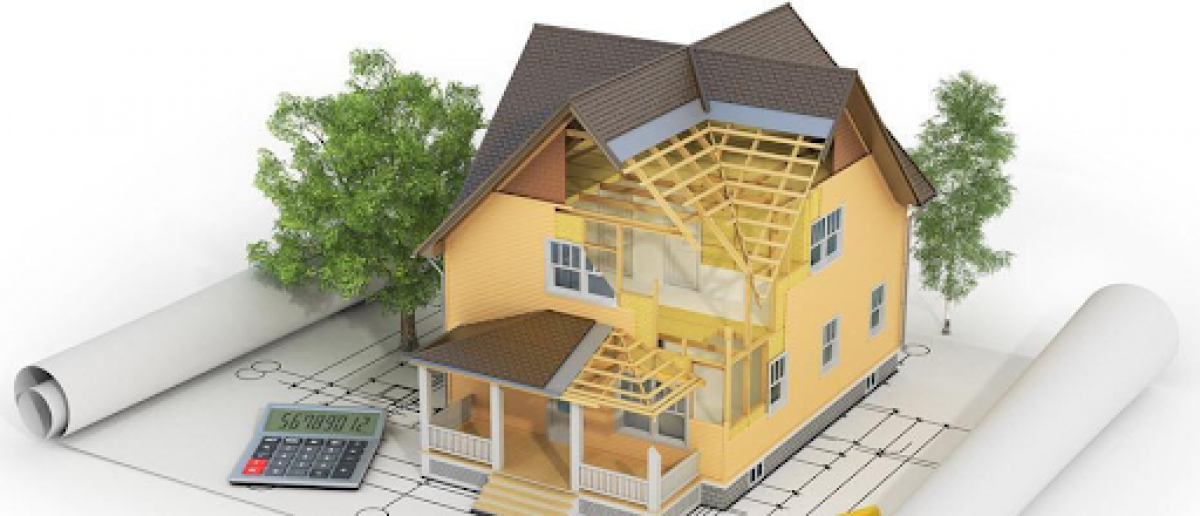Digital Documentation and E-Approvals: The Future of Local Body Approvals
In today’s fast-paced, technology-driven world, every sector is evolving with the help of digital transformation—and local governance is no exception. Traditional methods of getting approvals from local bodies for projects, permits, and development activities often involve cumbersome paperwork, multiple visits to offices, and long waiting periods. But with the advent of digital documentation and e-approvals, the process of Local Body Approval is becoming more transparent, efficient, and citizen-friendly.
Understanding Local Body Approvals
Local body approvals are permissions granted by municipal corporations, municipalities, or other governing urban local bodies (ULBs) for various activities such as:
Building plan approvals
Trade licenses
Layout and land use approvals
Environmental clearances at local levels
Infrastructure development permissions
These approvals ensure that development follows urban planning rules, safety regulations, and environmental standards. However, the conventional system has long been plagued by delays, inefficiencies, and paperwork-heavy processes.
The Shift Towards Digital Documentation
Digital documentation is revolutionizing the way citizens and businesses interact with local governance authorities. Instead of managing stacks of physical papers, applicants can now submit, track, and manage documents online.
Key benefits of digital documentation include:
Paperless Processing: Eliminates the need for physical files and multiple copies.
Centralized Records: Documents are stored securely on digital platforms, making retrieval easy.
Error Reduction: Automated checks reduce human errors in submission and validation.
Enhanced Transparency: Applicants can track the status of their submissions in real-time.
By digitizing the documentation process, local bodies can significantly reduce inefficiencies and move towards a more accountable governance system.
E-Approvals: Speeding Up Local Body Approval
E-approval systems enable online verification and sanctioning of applications. This not only reduces the need for physical visits to government offices but also ensures approvals are granted faster, based on predefined compliance checks.
Some ways e-approvals are changing the Local Body Approval landscape include:
Automated Workflows: Applications move seamlessly from one department to another, without delays caused by manual handling.
Integrated Compliance Checks: Systems can automatically verify whether building plans, land usage, or licenses comply with local regulations.
Time-Bound Approvals: Many digital platforms ensure time-bound approvals, improving accountability.
Remote Accessibility: Applicants can apply from anywhere, without geographical constraints.
Benefits of Digital Transformation in Local Body Approval
The integration of digital documentation and e-approvals into the Local Body Approval process brings immense value to citizens, businesses, and government authorities alike.
1. For Citizens
Hassle-free application and tracking
Reduced waiting times
Lesser need for physical office visits
Improved transparency and reduced corruption
2. For Businesses and Developers
Faster approvals for projects
Lower administrative costs
Easy compliance verification
Enhanced investor confidence due to transparent processes
3. For Local Authorities
Streamlined workflows and reduced workload
Better data management and analytics
Improved governance efficiency
Greater public trust in the system
Real-World Examples of Digital Approvals
Several Indian states and global cities are already implementing digital approval systems to make governance smarter:
India: Platforms like the Online Building Plan Approval System (OBPAS) in multiple states are ensuring faster building plan sanctions.
Singapore: Known for its smart city governance, Singapore’s e-approval system enables real-time updates and centralized digital records.
Estonia: As a pioneer in e-governance, Estonia’s completely digital local approval framework is a model for the world.
These case studies prove that digital documentation and e-approvals are not just futuristic concepts but practical solutions already delivering results.
Challenges in Implementing Digital Approvals
While the benefits are significant, there are challenges that need attention:
Digital Divide: Not all citizens are equally comfortable with online platforms.
Infrastructure Gaps: Rural and semi-urban areas may lack robust digital infrastructure.
Cybersecurity Concerns: With sensitive data going online, strong security protocols are essential.
Change Management: Training staff and shifting from paper-based to digital systems requires time and effort.
The Future of Local Body Approvals
Looking ahead, Local Body Approval will continue to evolve with advancements in technology. Artificial intelligence (AI), blockchain, and data analytics are likely to play a big role in making approvals smarter and more secure.
AI-powered Approvals: AI can automatically review building plans against regulations.
Blockchain for Transparency: Immutable records can reduce corruption and disputes.
Mobile-First Systems: Citizens will be able to apply and track approvals directly from their smartphones.
This transformation aligns perfectly with the vision of Digital India and Smart Cities, where governance is citizen-centric, transparent, and efficient.
Conclusion
Digital documentation and e-approvals are not just innovations—they are necessities for modern urban governance. By making Local Body Approval faster, more transparent, and accessible, these systems will empower citizens, support businesses, and strengthen local governance.
The future clearly points towards fully digitalized approval systems, ensuring that cities and towns are not only growing but growing smartly and sustainably.

